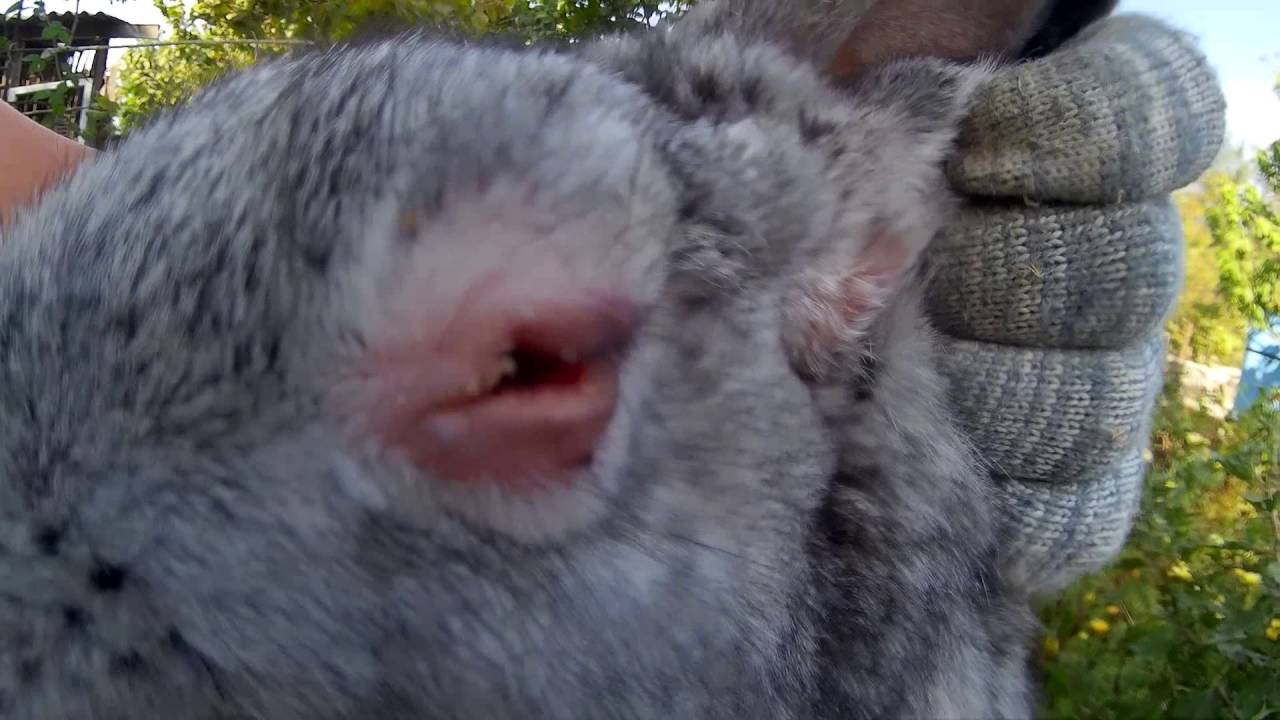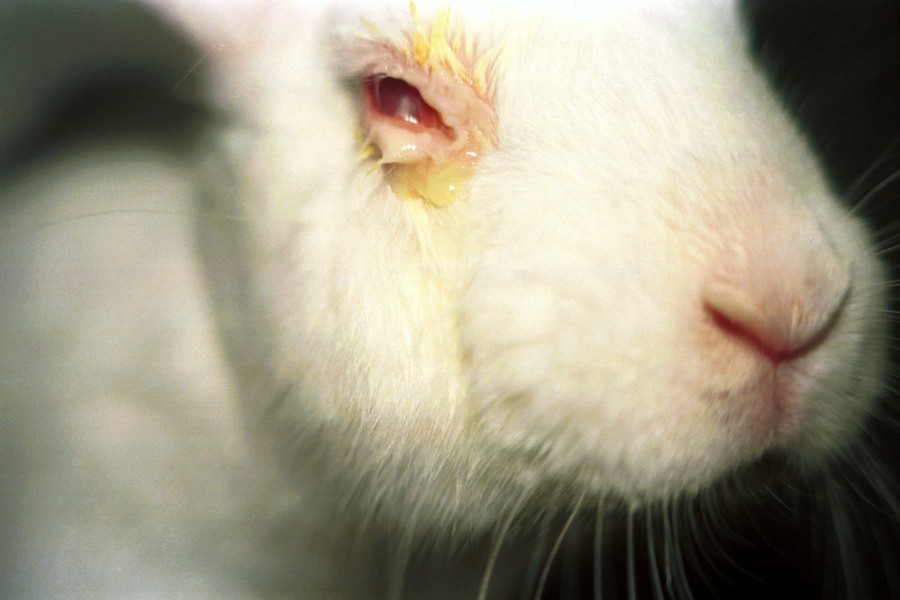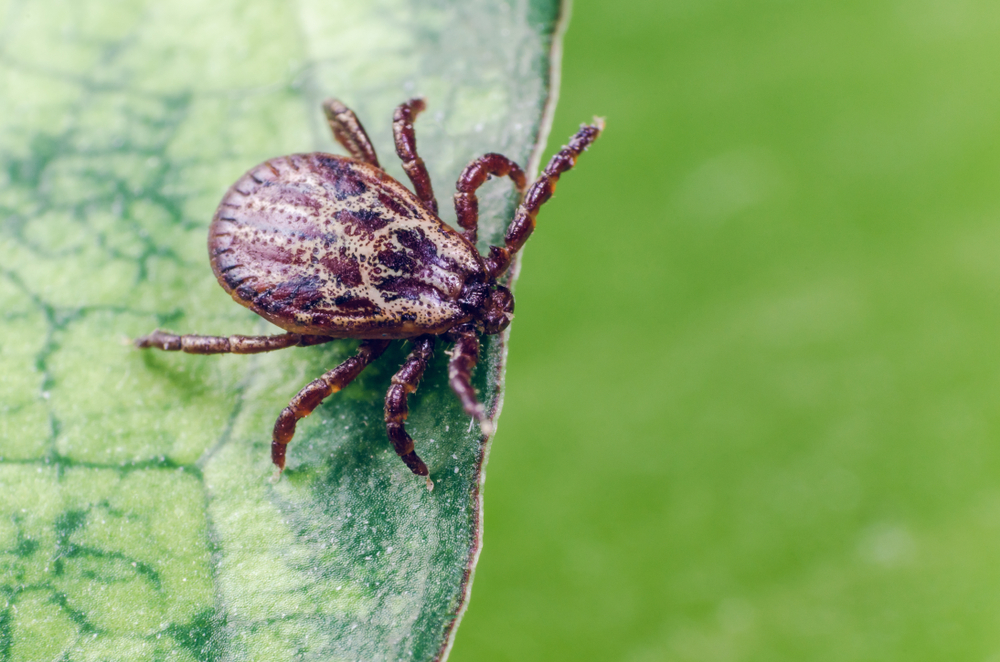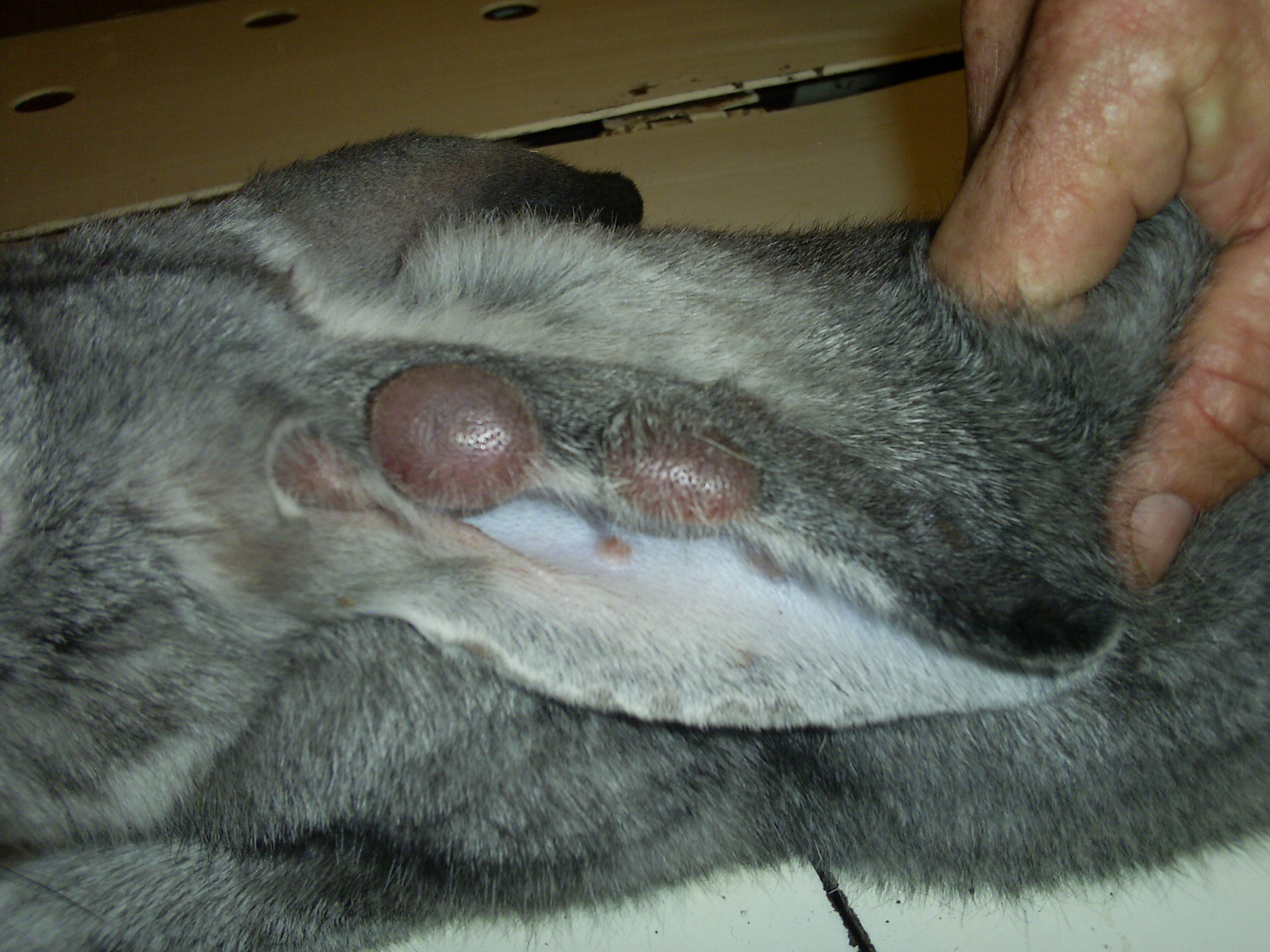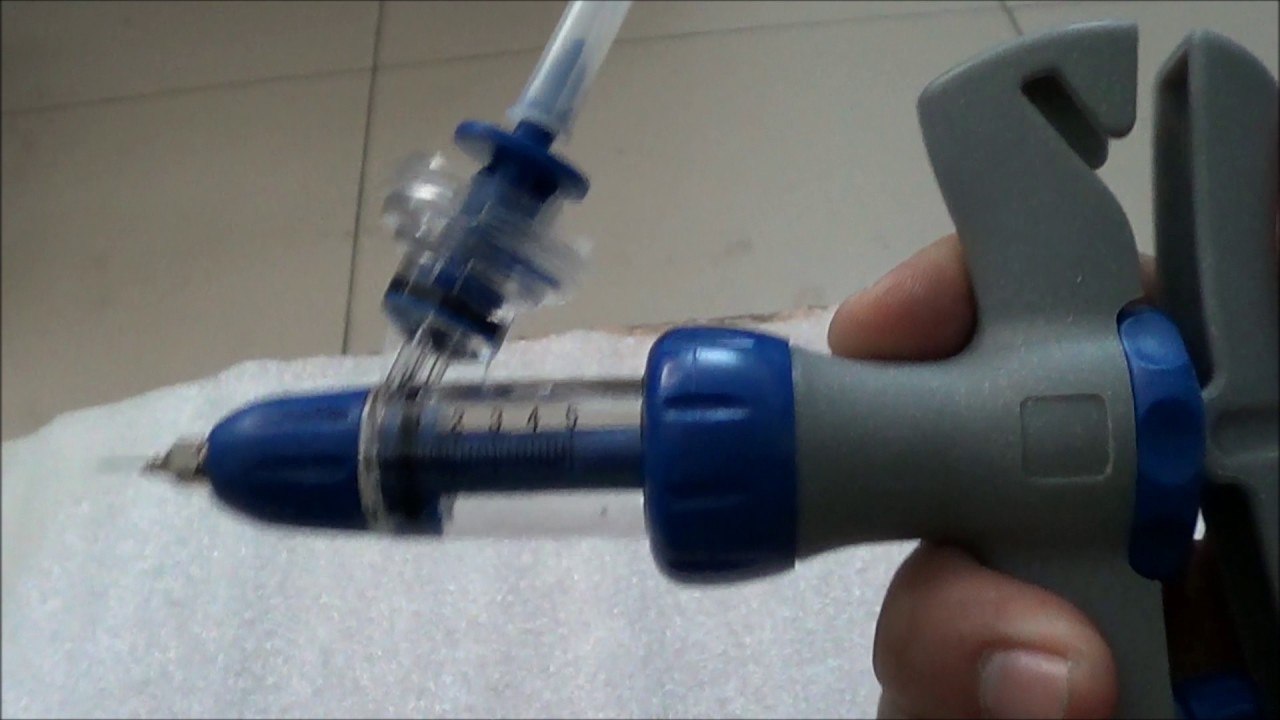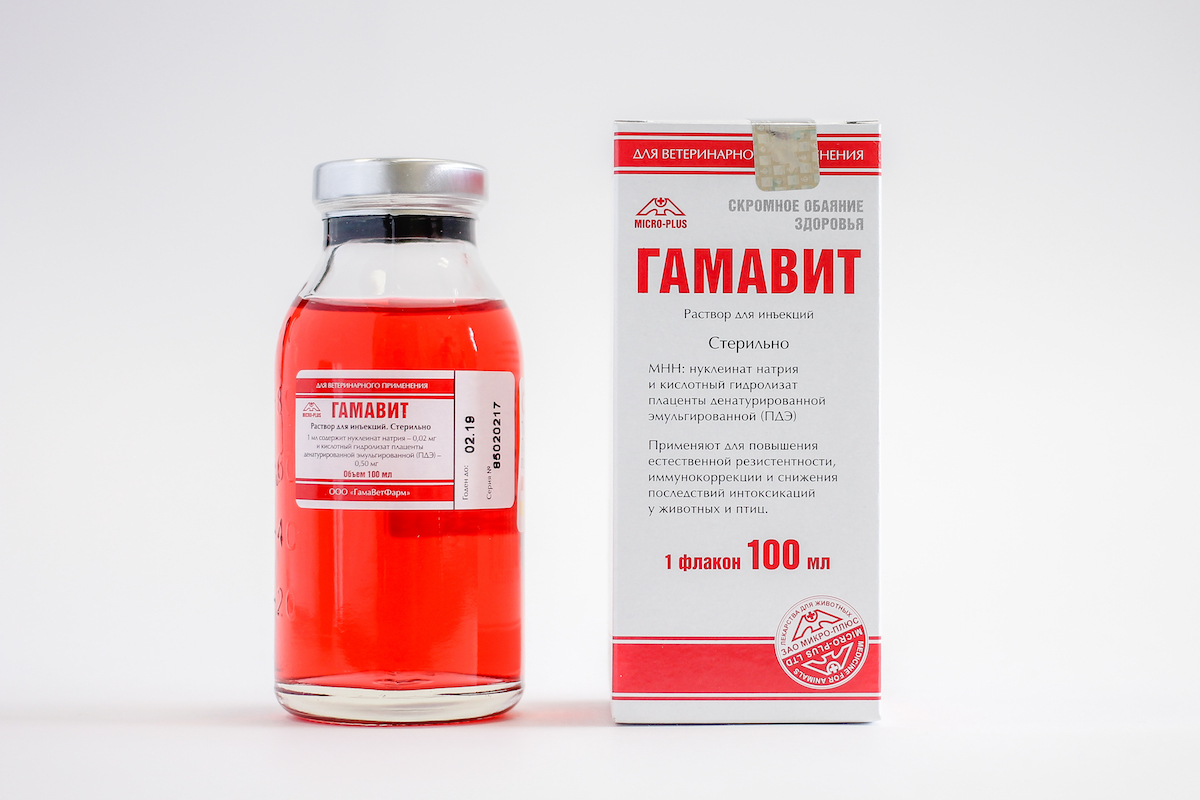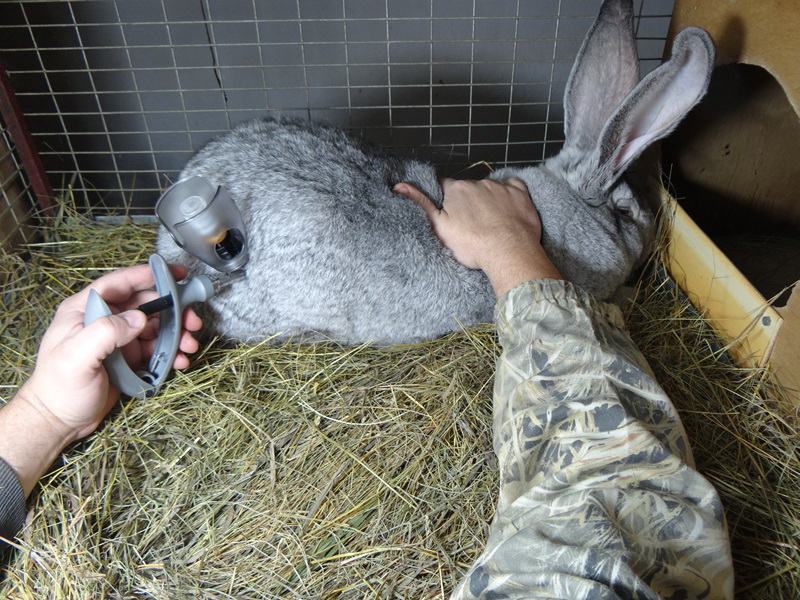Content:
Rabbit breeding is quite a profitable business. But like any business, rabbit farming comes with risks. Despite the high fertility of individuals, proper care and nutrition of rabbits, you can lose all the livestock in a matter of days. Because rabbits are prone to infectious diseases that require surgical treatment. Rabbit myxomatosis is considered one of these diseases.
Characteristics of the disease
This is an acute infectious disease. It manifests itself in the form of purulent conjunctivitis, edema in the head, on the genitals, and the formation of nodes on the body of the animal. Once in the body, the virus settles in the skin, subcutaneous tissues, blood, liver, spleen and brain. This spread of the virus disrupts the work of internal organs.
Myxomatosis is manifested by an epidemic - all livestock can die from one infected individual. The epidemic intensifies in spring and summer, during the awakening of the disease vectors - bloodsucking insects.
Because for many farmers, the loss of livestock leads to very serious financial losses.
Symptoms of myxomatosis in rabbits
Every farmer and just the owner of a small herd of rabbits needs to know the signs that indicate the appearance of the disease:
- The first sign of the disease is damage to the eyeball. Symptoms of conjunctivitis appear, subsequently milky fluid appears from the eyes. Rabbits' eyes become inflamed and swollen.
- Slow motion. The animal becomes immobile and inactive, its actions become more inhibited.
- Heat. With myxomatosis, the body temperature may rise to 42 degrees. Feeling the rabbit gives the impression that its body is on fire.
- The quality of the wool is deteriorating. It becomes dull, dull, hard, and begins to crumble.
- Tumor bumps appear on the ears and other organs. Lips, nose, eyelids, genitals become inflamed.
- In a severe form of the disease, animals lie down without raising their ears.
Incubation period
In small animals, which include rabbits, the incubation period lasts from 6 to 10 days. Usually after infection, clear signs of myxomatosis begin to appear for 11 days.
After the first symptoms appear, body temperature rises, then it returns to normal values. Subsequent signs of the disease are manifested in conjunctivitis. Tears, pus are released from the eyes of the rabbit, a tumor appears in the eyes, which increases in size over time. In the future, a sore appears on the rabbit's nose, as well as on the head, eyelids and ears of the animal. In rare cases, edema occurs in the genital area.
The breathing of animals is accompanied by wheezing.
The duration of symptoms is no more than 11 days. After that, the animal shows indifference to food, water, sounds and touch.Those with strong immunity, with the right treatment, are on the mend.
How does infection occur
The disease is transmitted by blood-sucking insects:
- Mosquitoes.
- Mosquitoes.
- Flies.
- Midges.
- Ticks.
- Lice.
- Fleas.
It is noteworthy that blood-sucking animals do not suffer from myxomatosis, they are a carrier from a sick animal to other individuals. Birds can be the same carrier.
Forms of the disease
There are two forms of the disease:
- edematous;
- nodular.
Edema is considered a classic form. The duration varies from 4 to 15 days. It is almost not subject to treatment and leads to the death of individuals.
Symptoms of the edematous form:
- For about a century, bumps appear on the ears of a rabbit.
- The eyes of a sick animal are affected by purulent conjunctivitis.
- The eyes are very swollen.
- The eyelids stick together.
- Runny nasal discharge.
- The animal is breathing heavily.
The nodular form lasts 30 - 40 days. This form has no lethal consequences and can be treated. Signs of a nodular shape are the formation of small seals in the ears and head. After a while, signs of a runny nose and conjunctivitis appear. Antibiotic drugs should be treated with a nodular form.
Treatment of myxomatosis
Every rabbit breeder should be able to recognize myxomatosis in rabbits and start treatment at home. Immediate help at the first sign of illness will help heal sick individuals and prevent an epidemic.
Rabbit vaccination
The introduction of the vaccine will not protect against myxomatosis, but it will help to transfer the disease to animals in a mild form. Vaccination increases the survival rate of rabbits.
Vaccination rules:
- The procedure should be carried out in rabbits that have reached the age of 1 month and a week after weaning from the rabbit.
- A month later, the procedure is repeated - revaccination.
- Vaccination is carried out in early spring (in March) and in autumn (in September).
- The drug is administered with sterilized instruments.
- A separate needle or syringe is prepared for each individual. Before each injection, the injection site is treated with an alcohol solution.
- Rabbits should be observed for about 20 days after the procedure.
For subcutaneous and intradermal administration of the vaccine, different dosages are used.
Half of the vaccine and the same amount of solvent are injected under the skin. For subcutaneous administration, the thigh area is used, where 0.5 ml of the substance is injected. For the intradermal method, the ear area is used, where 0.2 ml of the drug is injected. For this method, mix 1 part of the vaccine and 0.2 ml of diluent.
Antibiotic use
When the first symptoms occur, they are treated with immunomodulators and antibiotics:
- Every day, rabbits are injected subcutaneously with 0.2 ml of Gamavit. The drug is used until complete recovery.
- You can replace Gamavit with Fosprenil or Bitsillin. Daily dosage of 1 ml of medication.
- For 7 days the rabbits are watered with Baytril's solution. The dosage is calculated as 1 ml per 10 kg of animal weight.
- The eyes are treated with special eye drops or saline. Ofloxacin has proven itself well.
- For rinsing the nose, use the Aquamaris solution.
- For open lesions, iodine solution is used.
- To increase immunity, rabbits are injected with B vitamins.
Folk remedies
When do bumps appear in rabbits how to treat? Among the popular methods of treating myxomatosis are used:
- Treatment of painful areas with sunflower oil that has been overcooked.
- The treatment is carried out with a solution based on a camel thorn. Such processing requires consultation with a veterinarian.
- Urine that has been kept in the sun for several hours helps heal wounds. In addition to its healing effect, urine has a mosquito repellant effect.
Preventive recommendations
As you know, disease is better prevented than cured. Therefore, experienced farmers first of all take care that their animals do not get sick.
Preventive measures:
- Rabbits should be protected from blood-sucking animals, especially during the period of insect activation.
- When new animals appear, they must be kept in quarantine.
- Monitor the condition of the animals' fur so that there are no fleas and lice.
- Clean and disinfect cells regularly.
- It is imperative to feed the animals! In the absence of appetite, the rabbits are injected with food through a syringe.
- When rabbits get sick, pumpkin and pineapple juice are added to the diet.
- Timely vaccination.
Can I eat the meat of a rabbit with myxomatosis? No single answer to this question has been found. There are opinions that this ailment is not dangerous to humans. Therefore, after the slaughter of a sick animal, its meat can be eaten. But you should not eat dead rabbit meat.
Other experts argue that with myxomatosis, various hormonal changes occur in the rabbit's body, so eating meat can negatively affect human health.
Rabbits are very susceptible to various infections. The main task of any rabbit breeder is to prevent the most dangerous diseases: myxomatosis and vgbk. When thickenings do appear on the rabbit's body, timely treatment should be carried out to save the rabbit population.
